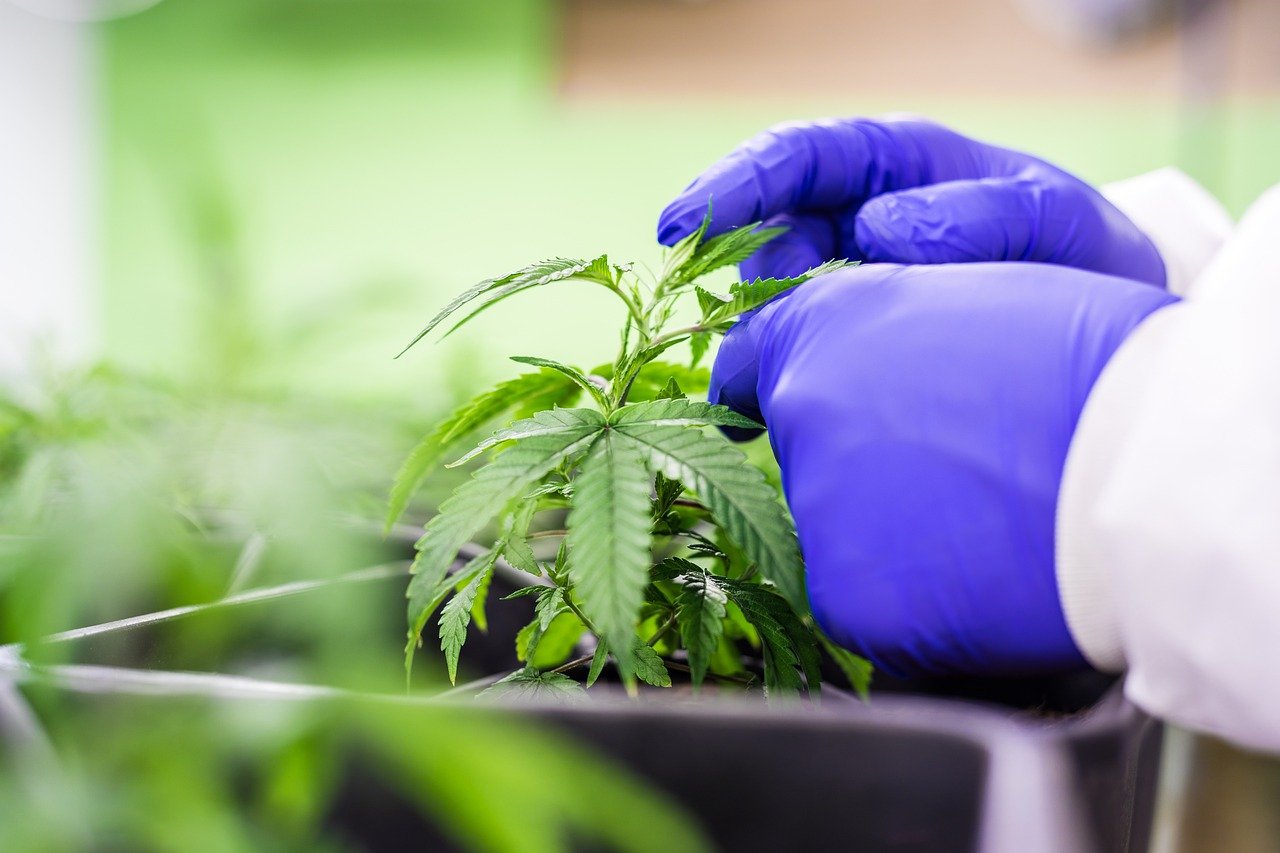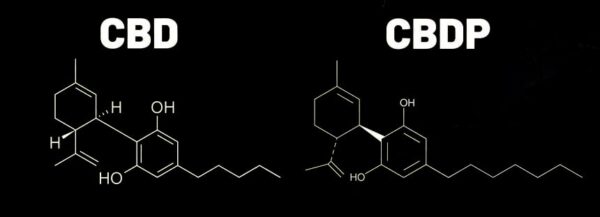Have a question? 06 70 73 89 02
🔞 Not for sale to under 18s
✨ 15% off EVERYTHING on the site with the code SALE 🥳 ( except accessories and gummies)
Have a question? 06 70 73 89 02

After our article on 10-OH-HHC, we continue our tour of CBD counterparts with CBDP.
With its full name of "cannabidiphorol", CBDP was discovered not so long ago, at the same time as its mirror cannabinoid tetrahydro version: THCP (or tetrahydrocannabiphorol for those in the know).
For those who may have missed the story of the discovery of these molecules, we'll give you a quick recap before presenting the effects and preliminary research on the subject of CBD-P.
While CBDV, THCV and H2CBD have been known since the mid-20th century, CBDP and THCP were only discovered in 2019. The reason for this is their very low natural occurrence (less than 1%).
The discovery was made by a team of Italian researchers at the University of Modena, led by Professor Giuseppe Cannazza.
Like THCP, CBDP differs little from its counterpart. In fact, the only difference lies in its side chain. CBDP has 7 hydrocarbons in this chain, while CBD has only 5. It's because of this difference with CBD that CBD-P is also known as CBD-C7, C7-CBD or CBD-heptyl.
More than a name variation, this longer hydrocarbon chain also means a difference in the molecule's interaction with the endocannabinoid system, which obviously translates into different effects.

We're going to talk about the potential effects of CBDP, but as always, it's important to bear in mind that we know very little about the molecule, and that the effects we're going to talk about are based on consumer feedback or preliminary research. There is therefore no clinical certainty to support the effects listed below.
That said, CBDP appears to have a number of differences from CBD. Firstly, it appears that CBDP has no psychotropic or euphoric effects, but it does seem capable of more pronounced psychoactive effects than CBD, which translate into :
CBDP also seems to have a more sustained interaction with other cannabinoids, resulting in stronger entourage effects.
Like CBD, CBDV and all the other cannabinoids in the CBD family, CBDP has no psychotropic effects and, for the time being, does not appear to cause any particular undesirable side effects (apart from cases of intolerance), nor any habit-forming or addictive effects. This difference from most THC molecules makes CBD molecules excellent candidates for clinical research.
To date, there appears to be only one study that has specifically attempted to analyze CBDP's behavior and efficacy. This study set out to explore the potential of CBDP in the treatment of breast cancer.
In recent years, a study carried out in 2019 has demonstrated that phytocannabinoids (CBD, THC, TCBA and CBDA, as well as CBN) show selective anti-cancer behaviour on several types of cancer (notably on three different lung cancer cell lines, and breast cancer cell lines). (1)
In addition, two other studies have shown that cannabinoids enhance the action of chemotherapy treatments. Particularly in the treatment of tumors refractory to therapy. (2)
The study in question was able to prove that CBDP's longer carbon chain, as mentioned above, multiplied the molecule's effects in the treatment of breast cancer(3).
With this in mind, and in view of CBD's proven applications, CBDP could also be effective for other applications such as :
Nevertheless, these supposed effects are still only conjecture. Although they have been noted in various research studies, no real applications have yet been carried out.
CBDP occurs naturally in hemp, but in insufficient quantities to be marketed as such. The CBDP you'll find on the market is synthesized in the laboratory. It is therefore a semi-synthetic molecule.
CBDP is obtained by isomerizing CBD distillate. Schematically, this involves rearranging the atoms within the CBDP molecule to obtain CBDP. This process has been known for over two centuries and is widely used in many industries, including the food industry. In particular, this principle is used to produce the infamous trans-fatty acids, as well as glucose-fructose syrup, which is used in a host of everyday products.
As for the molecule's legality, in France,CBDP is totally legal as long as it contains less than 0.3% THC. This is also the case in most European Union countries.
From what we've seen, CBPD could be called upon to play a leading role in the treatment of certain cancers and other types of affliction that respond poorly to current treatments.
Thanks to its sustained effects and its powerful entourage effect, it could be used in the composition of several products in the future.
Nevertheless, as with all other cannabinoids known to date, a great deal of research remains to be carried out, particularly into their medium- and long-term effects, different routes of application, different dosages, and the total absence of harmful effects and side-effects, in order to be certain of the compound's therapeutic potential.
Until then, keep checking the CBDOO blog for all the latest CBD news!